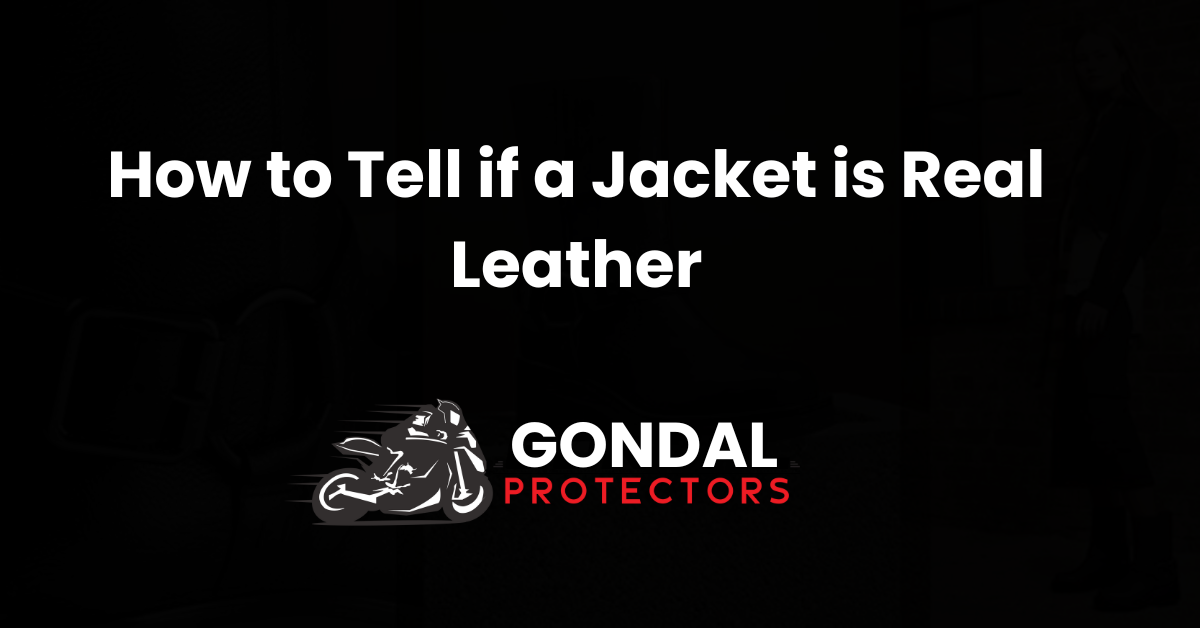Leather jackets are timeless pieces that exude style, durability, and luxury. However, with so many synthetic alternatives available, distinguishing real leather from faux can be tricky. Whether you’re shopping for yourself or a loved one, knowing how to identify genuine leather is essential to ensure you’re making a worthwhile investment. Here’s a guide to help you spot the difference.
1. Check the Label
The first step in identifying real leather is by examining the label or product tag. Manufacturers often specify the material. Look for words like “genuine leather,” “full-grain leather,” “top-grain leather,” or “real hide.” Be cautious if the tag says “man-made materials,” “synthetic,” “PU leather,” or “bonded leather,” as these indicate artificial substitutes.
2. Feel the Texture
One of the easiest ways to identify real leather is through touch. Genuine leather feels soft, flexible, and slightly grainy. Each piece of real leather will have a unique texture due to natural imperfections. On the other hand, synthetic leather often feels overly smooth, plasticky, or rubbery. Real leather also warms up quickly to your body temperature, while fake leather stays cooler.
3. Smell the Jacket
The scent of real leather is distinctive and hard to replicate. It has a rich, earthy, and natural smell. Synthetic leather usually smells like plastic, chemicals, or has no noticeable scent at all. When in doubt, trust your nose—genuine leather’s aroma is often the clearest indicator of authenticity.
4. Inspect the Surface for Pores and Imperfections
Real leather is a natural material and therefore displays inconsistent patterns of pores, wrinkles, and blemishes. These imperfections add to its charm and uniqueness. Faux leather, by contrast, often has an artificially uniform surface because it is mass-produced. A perfect, consistent grain likely means the jacket is synthetic.
5. Conduct the Water Absorption Test
A simple water test can help differentiate real from fake leather. Place a tiny drop of water on the jacket’s surface. Real leather absorbs moisture slowly because it’s porous, causing the water to darken the spot temporarily. Synthetic leather, however, repels water, causing it to bead up and roll off.
Note: Only try this test on a small, inconspicuous area to avoid damaging the jacket.
6. Examine the Edges
Look closely at the edges of the jacket. Genuine leather has rough, fibrous edges, while synthetic leather often has smooth, even, and perfectly finished edges due to machine cutting. The edge texture can tell you a lot about the material’s authenticity.
7. Perform the Bend Test
When you slightly bend or fold real leather, it wrinkles and changes color slightly, following the natural flexibility of the hide. Fake leather is less supple and tends to retain its stiffness, showing little to no changes when bent.
8. Price and Brand Reputation
While it’s not always a guarantee, the price can often reflect the material’s authenticity. Genuine leather jackets tend to be more expensive due to the cost of natural materials and craftsmanship. Additionally, buying from a reputable seller or brand increases the likelihood of getting authentic leather.
Conclusion
Spotting real leather takes a bit of practice, but by combining these tests—checking the label, feeling the texture, smelling, inspecting the surface, and more—you’ll become much better at identifying genuine pieces. Always buy from trusted brands or retailers to ensure you’re getting quality materials that will last for years.
If you’re looking for premium quality products crafted with genuine leather, trust Gondal Protectors. Our commitment to excellence ensures you receive authentic, durable, and stylish leather goods every time.

